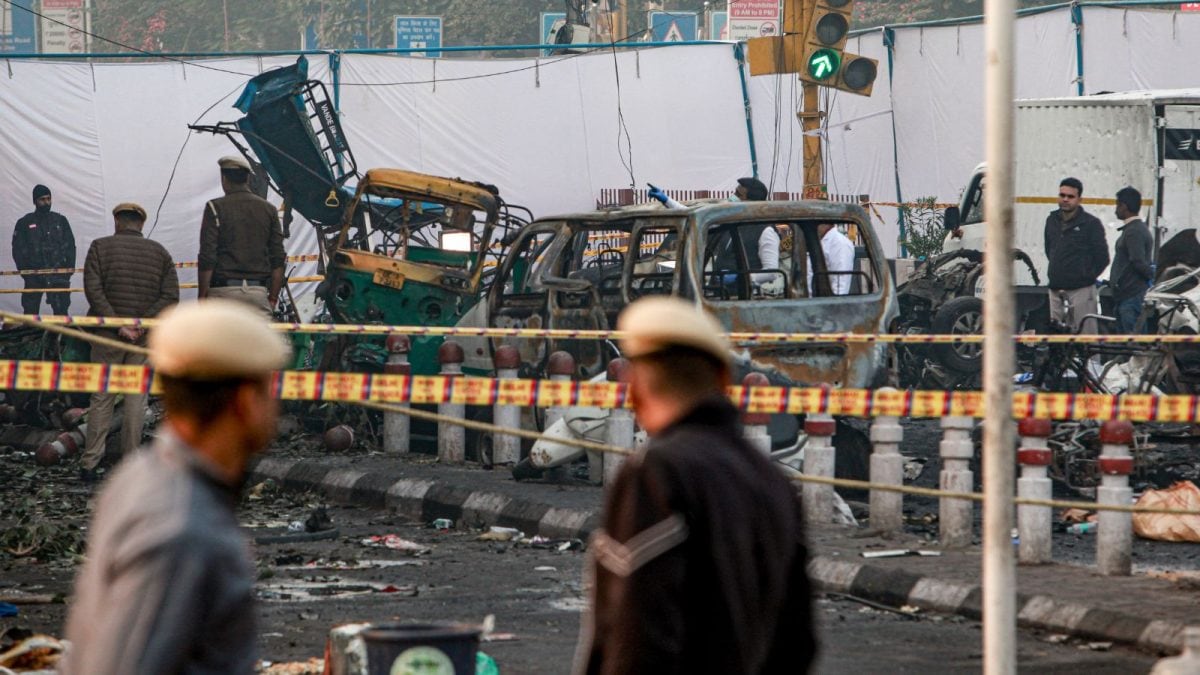Andhra Pradesh displayed a new level of maturity in disaster governance while dealing with Cyclone Montha, which struck the State’s coast between October 27 and 30. Drawing lessons from the past, Andhra Pradesh fought back with precision — guided by data, technology, and teamwork.
The coordinated and technology-driven response demonstrated how governance can evolve from reactive relief to proactive resilience. Instead of waiting for disaster to strike, Andhra Pradesh anticipated it — pre-positioning resources, keeping transformers ready, and ensuring uninterrupted road access for rescue and restoration.
Digital dashboards, predictive analytics, drone surveillance, and GIS tools replaced traditional paperwork and panic-driven coordination. Through the Andhra Pradesh Weather Forecasting and Early Warning Research Centre (AWARE 2.0) and the Real-Time Governance Society (RTGS), the government built a live, interconnected decision system linking departments from Police and Revenue to Health and Panchayat Raj. The RTGS-led Data Lake project aims to integrate all departmental data to improve efficiency, enable services such as digital document storage, and strengthen analytics-based decision-making.
AWARE 2.0’s forecasts proved remarkably accurate, predicting wind speeds between 80 kmph and 100 kmph, closely matching the actual 87 kmph recorded. The system enabled 72-hour early alerts and facilitated the evacuation of around 10,000 people from high-impact zones in Kakinada and Konaseema. Over 1.1 crore safety messages were sent to citizens, while more than 12,000 grievances were tracked and resolved in real time through the Manamitra citizen engagement platform. Generators, pumps, and heavy machinery were positioned in advance, ensuring immediate response capability. Power utilities deployed transformer repair teams in advance as well, while digital inventory systems tracked resource deployment to eliminate duplication and ensure that smaller mandals were not overlooked.
National Disaster Response Force and State Disaster Response Force teams were deployed in advance across the coastal belt. Critical equipment, from communication kits to high-capacity pumps, was stationed in vulnerable areas. Arterial roads were kept clear for emergencies. Digital inventory management allowed the government to track where every machine, transformer, and vehicle was located.
Now that is over, officials and experts agree that Cyclone Montha must not remain a one-off triumph, but serve as a blueprint for institutionalised resilience. Technology, while indispensable, cannot guarantee safety on its own. True resilience demands that preparedness become a daily practice. Schools and community buildings must be retrofitted as cyclone shelters; coastal regions reinforced with mangroves and embankments; and budgets must earmark funds for underground power cabling, flood-resistant embankments, and real-time sea-level monitoring.
Andhra Pradesh now has a strong operational blueprint, but sustaining it requires consistent investment and policy continuity. The private sector, too, has a role, by integrating disaster resilience into Environmental, Social, and Governance commitments through insurance coverage, climate-proof infrastructure, and corporate participation in local disaster planning.
Odisha’s long-term transformation offers a reference. Since the devastation caused by the 1999 super-cyclone, the State has evolved a community-based preparedness model. Andhra Pradesh can emulate this model by empowering panchayats, decentralising disaster budgets, and embedding climate literacy across administrative levels.
While ‘zero casualty’ goals rightly focus on saving lives, fiscal planning must also prioritise long-term infrastructure resilience. Disaster mitigation funds should be directed toward strengthening power grids, communication networks, and transport corridors to withstand high-velocity winds and saline corrosion.
Cyclone Montha also exposed the broader ecological dimensions of vulnerability. Deforestation, mangrove loss, and unregulated coastal construction have eroded natural defences. Sustainable coastal planning and ecosystem restoration must, therefore, complement technological innovation.

 2 hours ago
5
2 hours ago
5







 English (US) ·
English (US) ·